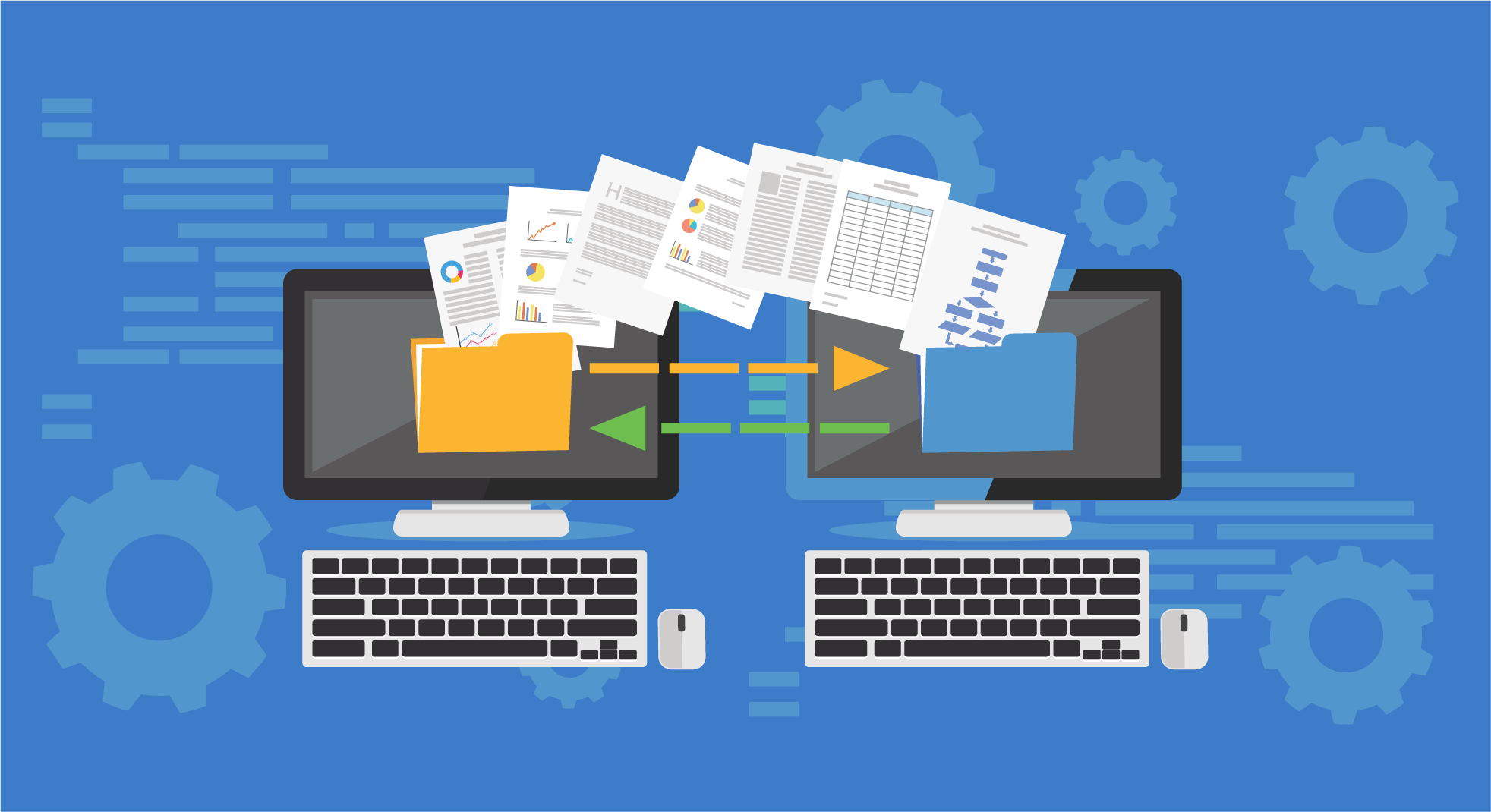Convenient Backup As A Service Future Outlook
Convenient Backup As A Service Future Outlook
Blog Article
Safe Online Images Backup Service Toolkit
Technologies for backup and storage are essential for protecting our digital data. It is crucial to have dependable backup and storage solutions in place in the digital age of today, where data loss can be catastrophic. The various backup and storage technologies, their advantages, and how they can safeguard your important data are all covered in this article - Online Backup Partner Programs.
:max_bytes(150000):strip_icc()/how-to-backup-a-computer-to-an-external-hard-drive-5184117-11-73338a1b93454808a3feb155858e8a81.jpg)
- Hard disk drives ( Hdds ):
The most popular storage technology used by both individuals and businesses is hard disk drives. They are made up of data-storing spinning magnetic disks. Hdds are suitable for storing a lot of data because they have high capacities at reasonable prices. They can be vulnerable to physical harm and are, however, slower than other technologies.
- Solid-state drives ( Ssd )
Due to their faster data transfer speeds and dependability, solid-state drives are growing in popularity. Ssds use flash memory to store data rather than moving parts like Hdds do. They become more resilient and less prone to physical harm as a result. Applications like operating systems and frequently used software that need quick access to data are best suited for Ssds.
Enterprise-grade External Hard Drive Cloud Backup Customization Options

- Storage on the cloud:
Due to its ease of use and accessibility, cloud storage has become extremely popular in recent years. It entails keeping data on accessible remote servers. Virtually limitless scalability is provided by cloud storage, which also does away with the need for physical hardware. Additionally, it offers automatic backups and data redundancy, guaranteeing your files ' security.
- Network-assistant Storage ( Nas ):
A dedicated storage device connected to a network called network-attached storage gives multiple clients simultaneously file-level access. Small businesses and homes that need centralized data storage and simple access can use Nas devices. They provide features for data backup, remote access, and sharing.
- Tape Drives:
Tape drives are still used in some industries for long-term data archiving despite being out of date. Tape drives provide offline storage options as well as high capacities and low cost per gigabyte. In large organizations that need secure and dependable long-term storage, they are frequently used for data backup.
Real-time Backup Solution For Personal Computer Implementation Guide
- Using virtualization
With the aid of virtualization technology, a single physical machine can house multiple virtual machines. In terms of resource use and flexibility, it provides significant advantages. Virtual environment-specific backup and storage solutions make recovery and backup effective, ensuring business continuity.
- Replication
Replication entails making multiple copies of data and storing them on various gadgets. By reducing data loss in the event of hardware failures, natural disasters or cyber attacks, it is essential to disaster recovery. Data consistency across various locations is guaranteed by real-time replication.
- Duplication:
By storing only unique data blocks, duplication can be used to get rid of redundant data. It speeds up backup and recovery processes while reducing the need for storage space. Deduplication technology improves storage effectiveness without compromising data integrity by locating and removing duplicate data.
Robust Backup Solution For Corporate Toolkit
- Backups that are incremental:
Only the changes made since the previous full or incremental backups are backed up when making an initial backup. Backup time and storage requirements are greatly reduced by this strategy. Restoring data from incremental backups, however, might take longer because it necessitates doing so chronologically for each backup.
- Disaster Recovery Planning:
To ensure business continuity in the event of data loss or system failures, a thorough disaster recovery plan is necessary. Data backup, restoration, and continuity measures are all covered in its strategies and procedures. The disaster recovery plan's regular testing and updating aid in spotting any potential weaknesses and guaranteeing its efficiency.
- Encryption of data:
Data encryption protects against unauthorized access by converting it into an unreadable format. Data confidentiality is guaranteed by the fact that only the correct encryption key can be used to decrypt encrypted data. When storing sensitive or personal data, encryption is especially important to avoid identity theft and data breaches.
Offsite Remote Backup Protection In Detail
- Storage Solutions for Hybrids:
Solutions for hybrid storage combine the advantages of various technologies, including cloud storage, Ssds, and hard drives. Organizations can improve performance, cost-effectiveness, and data accessibility by utilizing the advantages of each technology. Intelligent data tiering is made possible by hybrid solutions, which automatically transfer frequently accessed data to lower storage levels.
- Management of the data lifecycle:
The management of data over the course of its entire life cycle, from creation to deletion, is referred to as data lifecycle management. Processes like data classification, retention guidelines, and archival tactics are included. Data is efficiently stored, made available when needed, and complies with regulatory requirements thanks to effective data lifecycle management.
Key Takeaways or a related term Remote Backup Definition.
Convenient Online Backup Vs Offline Backup Guide

- Digital data protection requires backup and storage technologies.
- Hard disk drives ( Hdds ) can be slower and more vulnerable to physical damage from this source despite providing affordable, high-capacity storage.
Solid-state drives ( Ssd ) offer greater reliability and faster data transfer rates.
- Automatic backups, scalability, and convenience of cloud storage.
For homes and small businesses, network-attached storage ( Nas ) offers centralized storage and simple access.
- In some industries, tape drives are still employed for long-term data archiving.
- In virtual environments, virtualization makes backup and recovery effective.
By making duplicate copies in various locations, replication reduces data loss.
- By getting rid of redundant data, deduplication uses less storage space.
By only backing up changes made since the previous backup, discover here incremental backups save time and space.
Planning for disaster recovery ensures business continuity in the event of system or data failures.
- Secure data encryption prevents unauthorized access to sensitive data.
- To optimize performance and cost-effectiveness, hybrid storage solutions combine various technologies.
- Data lifecycle management oversees data's lifespan, ensuring effective storage and regulatory compliance.
Report this page